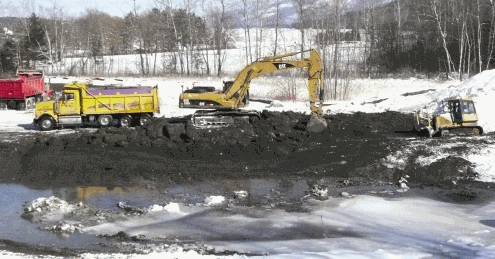 Construction work being performed in 2011 on the south parcel of the West Brook Conservation Initiative project in Lake George. The new stormwater treatment complex and environmental park will treat millions of gallons of stormwater and add a new outdoor venue at the southern end of the Lake.
Construction work being performed in 2011 on the south parcel of the West Brook Conservation Initiative project in Lake George. The new stormwater treatment complex and environmental park will treat millions of gallons of stormwater and add a new outdoor venue at the southern end of the Lake.
The diverse public and private partners working to establish an environmental park in Lake George Village, known as the West Brook Conservation Initiative, announced last week a recently approved grant for $500,000 from The Wright Family Foundation. This leadership grant will support creation of the Children’s Adventure Play Area that promises to be an interactive centerpiece of the park once completed.
Currently under construction on the south parcel of the former Gaslight Village property, the West Brook Conservation Initiative is the largest environmental project in the Lake’s history. The stormwater treatment complex and environmental park will redirect stormwater from Route 9 into settling ponds, marshlands, and a gravel wetland. Interpretative education, outdoor play, and live entertainment are all central features of the park. Design of the environmental park has been done by Elan, PLLC of Saratoga Springs, NY.
Heather Ward, Executive Director of the Foundation said, “The Wright Family Foundation is pleased to support this extraordinary environmental conservation initiative that will help safeguard Lake George for our children and grandchildren. We are encouraged by the collaboration and partnership of The FUND for Lake George, the Lake George Association, the Lake George Land Conservancy, and local governments that have made this park possible. The grant furthers our mission of making this world a better place for children and the environment. We are delighted to contribute to this project as stewards of our precious lake for the future.”
These sentiments were echoed by numerous other individuals who have been central to development of the project, including Lake George Village Mayor Bob Blais who said, “The Wright Family Foundation’s extremely generous grant will allow us to complete the creative and unique Children’s Adventure Play Area and further our efforts towards protecting Lake George.”
Joining in the plaudits for the Foundation’s major contribution was Walt Lender, Executive Director of the Lake George Association, who said, “The Children’s Play Area promises to be a magnet for children of all ages and a defining feature of an extraordinary park designed to entertain even as it helps protect the environmental health of our beloved lake. Construction of the play area would not have been possible without the vital support of The Wright Family Foundation and numerous other contributors that have come together to embrace the vision and fulfill the promise of this very special place.”
“The Foundation’s visionary gift represents a legacy investment in the most ambitious environmental restoration project ever undertaken for Lake George. It is an investment that will deliver returns for many generations to come, to the delight of children and adults alike, as well as to the lake we all love,” said Eric Siy, Executive Director of The FUND for Lake George, one of the partnering groups behind the project.
Fundamental to the success of the project has been a $15 million capital campaign led by the public and private interests involved. These interests include two of the area’s local governments, the Village of Lake George and Warren County, and three environmental groups, The FUND for Lake George, the Lake George Association and the Lake George Land Conservancy. Completion of the park is expected in late 2014.
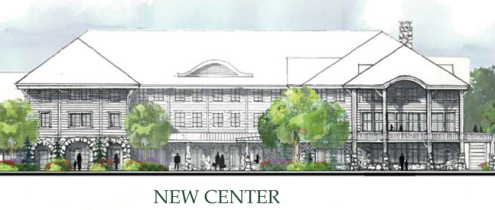



 Construction work being performed in 2011 on the south parcel of the West Brook Conservation Initiative project in Lake George. The new stormwater treatment complex and environmental park will treat millions of gallons of stormwater and add a new outdoor venue at the southern end of the Lake.
Construction work being performed in 2011 on the south parcel of the West Brook Conservation Initiative project in Lake George. The new stormwater treatment complex and environmental park will treat millions of gallons of stormwater and add a new outdoor venue at the southern end of the Lake.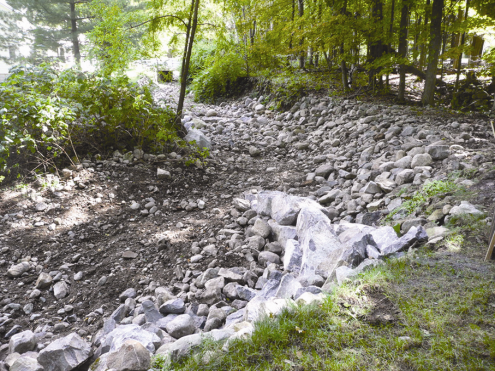
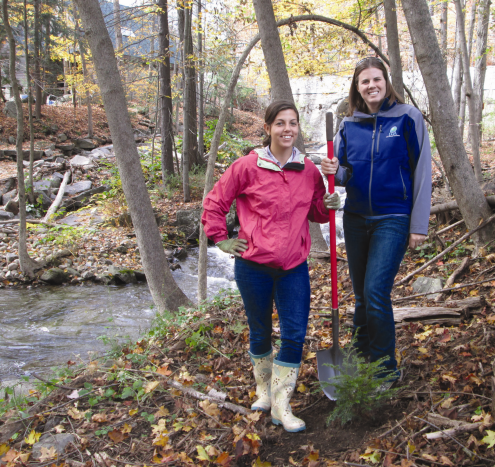
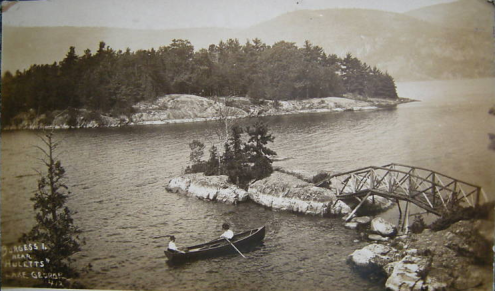
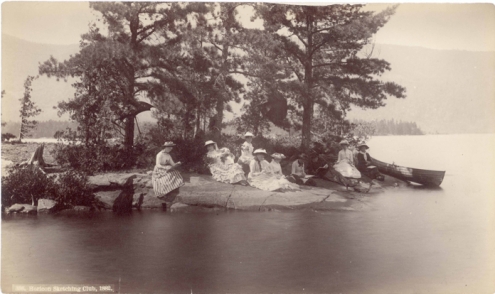
 Today, the outside advisory group hired by the Lake George Park Commission, recommended that mandatory boat inspections and decontamination be undertaken for transient boats entering Lake George.
Today, the outside advisory group hired by the Lake George Park Commission, recommended that mandatory boat inspections and decontamination be undertaken for transient boats entering Lake George.